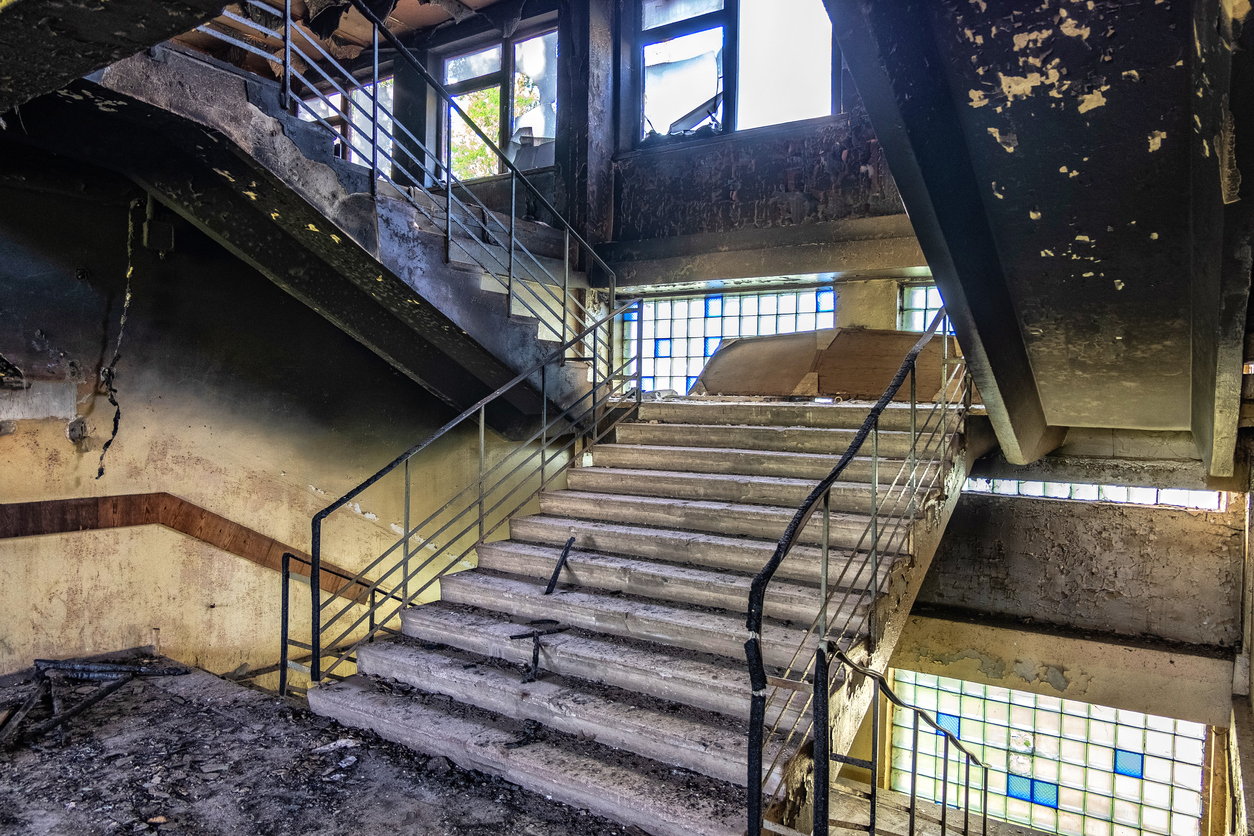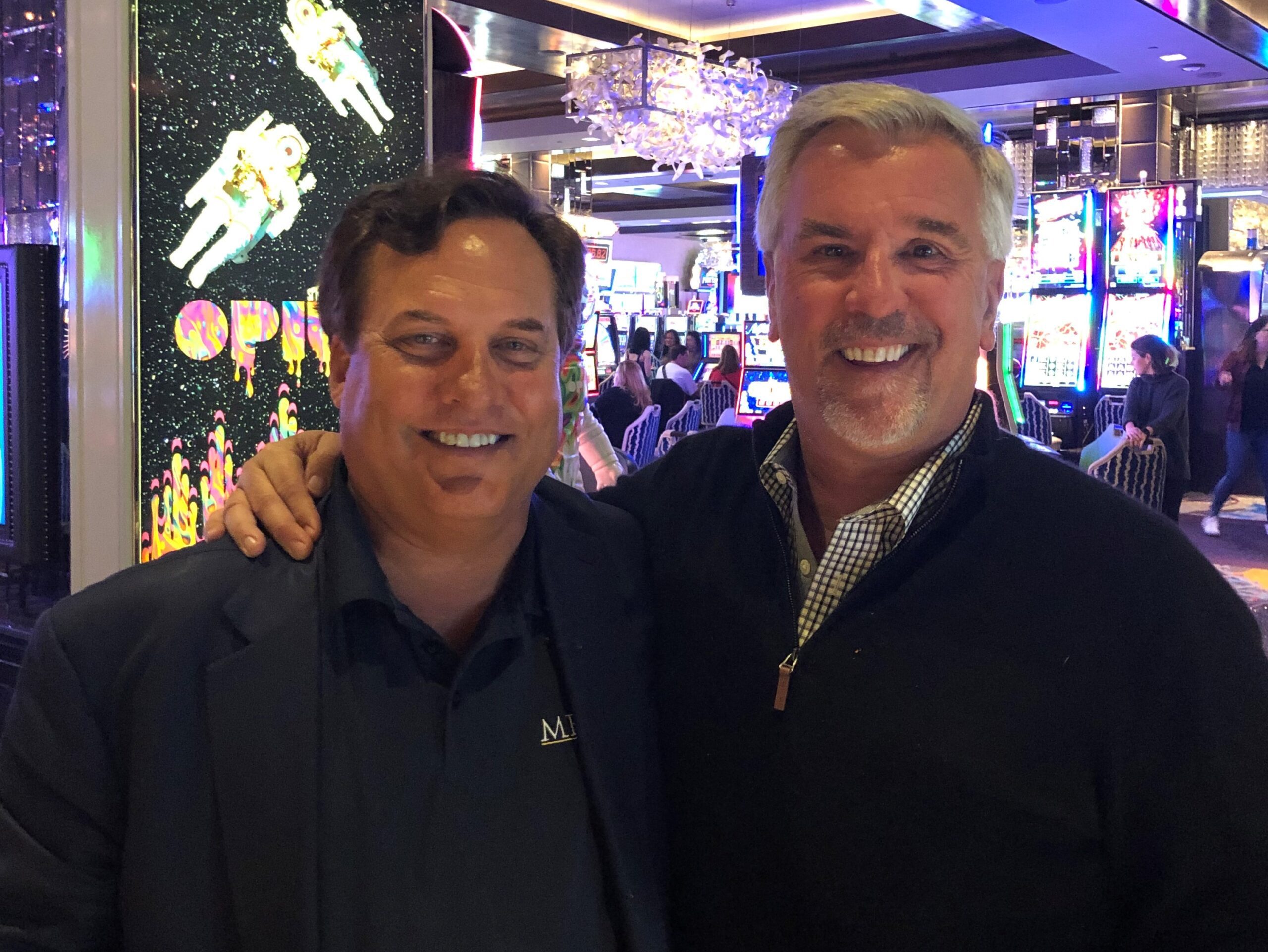Nearly two months after the Marshall Wildfire, news stories and articles continue to express the frustrations and difficulties Marshall Wildfire policyholders are experiencing with partial losses from smoke, ash, and soot where insurers will not fully agree to help investigate and evaluate the extent of damage. Colorado Division of Insurance Commissioner Michael Conway has held several town hall meetings where Marshall Wildfire policyholders continue to echo frustrations of smoke, ash, and soot damage to their homes and personal property.
During a recent town hall meeting on January 19, 2022, United Policyholders Executive Director Amy Bach emphasized the importance of confirming proper remediation or cleaning of smoke, soot, and ash from a trusted source:
And, you know, smoke is fire. Fire is smoke, they’re interrelated. It’s not a separate peril. Some people I know, refer to smoke as fire debris, so there should not be a separate deductible being applied and your ale should be covered until you’ve got the all-clear from a trusted source. We hear lots of situations of insurers pressuring people to move back in before they feel like it’s safe.
One of the sneakiest and most hazardous effects of a wildfire is the concealed or not so obvious effects of smoke, soot, and ash damage. Smoke is a complex mixture of different gases and particles, which results from the incomplete combustion of various materials that burn during a fire event.1 Soot is the result of deposits of tiny particles produced by the incomplete combustion of the smoke materials.2 Typically, soot is representative of what has burned.3 Soot can also include a number of toxic materials.4 These considerations further underscore the importance that partial smoke, soot, and ash losses related to the Marshall Wildfire be treated as hazardous areas.
It is also important to understand that soot is not simply a form of dirt that needs to be removed from an article or wall but damage requiring professional cleaning equipment and techniques to ensure that nothing is excluded. The tiny particles can also travel through any pipeline or wiring crevice, air ducts and vents, HVAC system, and into insulation. The importance of thoroughly investigating the extent of damage from smoke, soot, and ash was further addressed during exchanges between a Marshall Wildfire policyholder and Commissioner Conway during the January 19 townhall meeting:
My adjuster came today, and he basically asked me if I saw Ash or smelled smoke in the attic, because he, um, said if I don’t see Ash or smell smoke, that I, my insulation is probably okay. So my son went up there, and I don’t see ash that we know of, and it doesn’t smell anymore. Um, so if, is that really a good indicator of whether or not that should be changed?
So I’m gonna turn to Tracy or Bobby again, but Deb, Deborah, as Amy and Vicky walked through, it’s still gonna be important to get your home tested. Some of this just isn’t gonna be necessarily visible to the naked eye or, or that you can smell it…
Everything that they walk through is really kind of about smoke damage inside your home and, and potentially in your crawlspace and insulation as well. That’s why it’s so important to, to kind of follow those tips that Amy talked about making sure that you have experts that are testing the home and all of those different kind of components that she walked through.
Policyholders impacted by the smoke, soot, and ash ensuing from the Marshall Wildfire should insist that a qualified hygienist and professional disaster restoration company are part of the team that can certify their home or business is repaired in such a manner that it is free from the dangerous byproducts caused by combustion of materials that burned during the fire. As Ms. Bach mentioned during the January 19 town hall meeting, “[t]he reality is that unless an insurance company adjuster has this training and the certification and can conduct appropriate testing, they’re really not qualified to determine whether there are harmful particulates or hydrocarbons in your home and whether your home is safe to move back into.”
The Colorado Division of Insurance and Commissioner Conway are working hard to protect the rights of Colorado policyholders. Marshall Wildfire policyholders receiving pushback from insurance company adjusters refusing to pay for these tests should consider lodging a complaint with the Colorado Insurance Commissioner.5 Alternatively, if you are uncertain of your insurance claim rights or have questions about your policy benefits, please do not hesitate to reach out to our office.
_____________________________________________________
1 Dawn Bolstad-Johnson, MPH, CIH, CSP, The Hidden Hazards of Fire Soot, AIC News, Vol. 35, No. 5. (September 2010).
2 Id.
3 Id.
4 The Hidden Health Hazards of Smoke and Soot. Rainbow International, LLC. (Last viewed online 02/17/22). https://rainbowintl.com/blog/the-hidden-health-hazards-of-smoke-and-soot
5 How to File a Complaint with the Colorado Insurance Commissioner Office about your Delaying, Denying and Bad Treating Insurance Company, Property Insurance Coverage Law Blog, Apr. 23, 2019.




